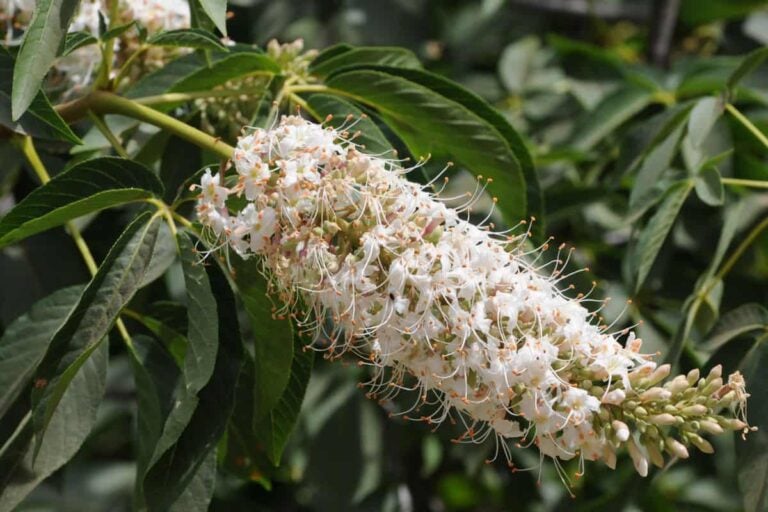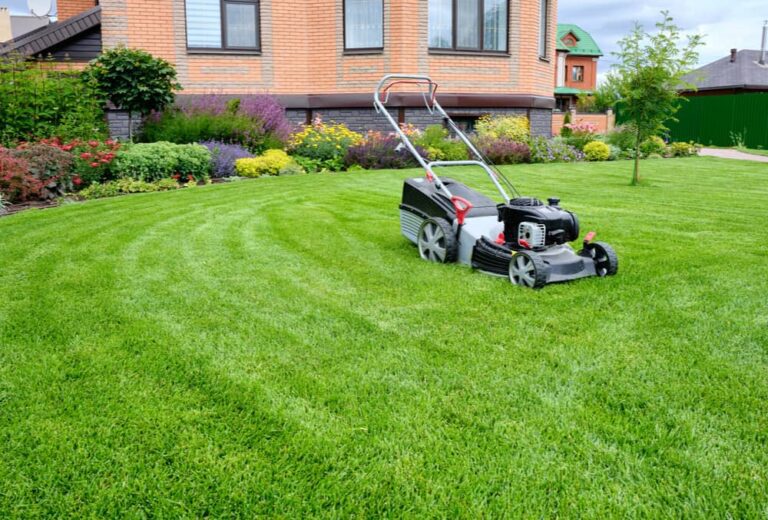Get Great Lawns with the Best Grass Seed for Ohio
Our recommendation for the best grass seed for Ohio is Jonathan Green Sod Maker Kentucky Blue Grass Seed Mix. Ohio has fairly consistent conditions which is evident in the few hardiness zones located in the state. Being par tway in the transition zone presents some challenges. Kentucky bluegrass makes an excellent choice, but if you want other options, be sure to peruse our list below.
Our Top Picks for the Best Grass Seed for Ohio
[wptb id="8277" not found ]What You Need to Know about Grass
There’s a bit more to it than just throwing some grass seed on a patch of bare ground. Grasses vary in the type of environmental conditions, their growing patterns, and the geographical areas in which they will thrive best. These are essential factors you need to know to choose the best grass seed. It’ll save you a lot of time and money in the long run.
Environmental Conditions
The things you need to consider include the soil properties which you can determine with a soil test. A basic test will tell you the pH along with nitrogen, phosphorus, and potassium levels. This information is important, so you know if you have to fertilize your lawn before planting. A healthy lawn is more resistant to disease and pests. A good nutrient base is essential.
You’ll also need to know how much sun or shade your yard gets. It doesn’t make sense to play a sun-loving grass like Kentucky bluegrass in a place that is in the shade all day. Likewise, it’s essential to match your grass to the type of traffic your yard gets and how much maintenance you’re willing to do. Grasses vary widely regarding their needs for thatching and moisture.
Creeping bentgrass, for example, will not be a choice if you’re hoping for a maintenance-free lawn as it requires lots of care to keep it healthy. Also, some grasses are not compatible with other ones because they will out-compete other grasses for water and nutrients. While tall fescue is tolerant of a wide range of climatic conditions, it’s best planted alone.
Growing Grass in Ohio
You should also find out the hardiness zone of your area. The USDA Hardiness Zone Map classifies regions in the country by the lowest average annual temperature. If you look at the map for Ohio, you’ll see that it is fairly uniform across the state in terms of the represented zones. The extreme temperature range is -15 to 0 degrees Fahrenheit in zones 5b to 6b.
It also lies within the transition zone. This area marks the line between warm and cool regions. In the industry, it is known as a challenging place to grow grass because of the broad spectrum of climatic conditions. For you, that means you should select a grass that is tolerant of both warmer weather and perhaps drought as well as colder winters.
Kinds of Grasses
With this background information in mind, you have several options for grass seed that will be tolerant and compatible for your yard. Kentucky bluegrass is a common plant found in the north part of the state. It can grow in a variety of climates from tropical to subarctic. As you can probably guess, it is winter-hardy.
Other choices include perennial ryegrasses, fescues, and bentgrass. Each of these types differs in their growing patterns and tolerance levels. Ryegrasses grow fast, making them ideal for bare spots that you want to be covered quickly. Fescues add more shade tolerance to the mix. Bentgrasses offer a fine texture that will do will in cool, wet areas.
This informative video from Cornell SIPS offers more tips about choosing the right grass seed for your lawn.
VIDEO: https://www.youtube.com/watch?v=vvL8avXgYp0
Cool-Season and Warm-Season Grasses
You’ll see grasses described as either cool or warm-season grasses. This broad classification denotes the time of year when the plants are actively growing. Because of Ohio’s winters, cool-season grasses may offer a better choice when balancing the climatic stresses of both the warm and cool seasons and the different humidity levels.
The types mentioned previously are all cool-season grasses. They share a few common characteristics. First, they have a fine texture that you should mow on the high side. Unlike warm-season grasses that go dormant in the winter, cool-season varieties will stay green. They are also winter hardy, an important factor for a lawn in Ohio.
Grasses that do well in warm seasons include Bahai, Bermuda and carpet grasses. These grasses will turn brown in the winter which can be a deal breaker for some. Also, they’re usually planted as sod or plugs rather than seed. If heat tolerance is an issue, you might consider a warm-season variety like Zoysia grass.
Cultivars and Mixtures
While there are numerous kinds of grasses, very few are used for lawns or turf. However, with every grass, you’ll find a plethora of cultivars. Companies typically tweak these newer varieties with an array of improvements over the old standbys. For example, improved Kentucky bluegrass cultivars are more tolerant of lower moisture conditions versus the less hardy earlier plants.
For you, that means more choices and opportunities to fine tune your selection to the specific conditions and needs for your yard. The chances are that if you have your heart set on a certain species, there will be a cultivar available that is better suited to your yard. But the choices for grass seed don’t stop there.
You’ll also find grass seed sold both as a single grass and in mixtures of a variety of types. Generally, mixtures are preferred for cool-season grasses. The advantage is that it can be easier to get your lawn well established with a blend of grasses with different growth patterns. They can also add a welcome aesthetic touch to your lawn.
Our Recommendation: Jonathan Green 11982 Sod Maker Kentucky Blue Grass Seed Mix
Like other regions within the transition zone, establishing and maintaining a lawn in Ohio can be trying. Because of the environmental factors, we favor a grass seed that is tolerant in a broad range of conditions. And since the weather can stress plants, we also wanted to stick with a grass that is disease resistant, so it stays healthy even in extreme conditions.
Jonathan Green Sod Maker Kentucky Blue Grass Seed Mix satisfied our criteria for both of these factors. We also liked the fact that it includes a blend of Kentucky bluegrass cultivars for added assurance against disease or pests. Planting only one kind of grass can leave your lawn vulnerable to being wiped out if a disease strikes. A mixture solves this problem.
While Kentucky bluegrass is not very shade tolerant, it does handle the demands of a heavily trafficked area. Also, it can tolerate drier conditions as well as the cold Ohio winters. There’s a reason that it’s the most widely planted grass seed in the United States. For us, it is a smart choice for a cool-season grass that has what it takes for a lush, dense lawn.
Photo by LoggaWiggler licensed under CC0.


![Best Lawn Mower Reviews of [year]](https://properlyrooted.com/wp-content/uploads/2022/10/Best-Lawn-Mower-Reviews-768x644.png)
